Designer’s Desk: 7 Concepts of Wellness Design Every Homeowner Should Understand
The Time Has Come to Treat Our Homes as an Investment in our Wellness
The era of COVID-19 has caused us to re-evaluate many aspects of our daily lives. Before the pandemic, the home was a place to recharge and enjoy time with our families. Now, for many of us, home is also our office, classroom, gym, and more. Suddenly, our home is expected to take on the characteristics of all these places. More than ever, we are blurring the lines between home, work, and leisure. What does this mean for our mental and physical wellbeing and how can we intentionally promote wellness through the design of our homes?
What is wellness design?
The term “wellness design” seems to be popping up everywhere these days, and for good reason. But what does it mean? The Global Wellness Institute (GWI) defines wellness as “the active pursuit of activities, choices, and lifestyles that lead to a state of holistic health”. Wellness design seeks to intentionally put people’s health at the center of the design, taking into consideration how elements, such as lighting, air quality, thermal comfort, and connections to nature, have an impact on the happiness of a building’s occupants.
According to the GWI, residential real estate is the next frontier that will be radically transformed by the wellness movement. To paraphrase from the Institute’s 2018 report Build Well to Live Well, “Consumers around the world already spend $3.7 trillion (or 5% of global GDP in 2015) on their wellness – from yoga and spin classes…and organic food, to running shoes, athletic wear, and much more. Since our home typically represents our most important personal investment and one of our largest expenditures, it is only logical that our home should also be an investment in our health and wellbeing.
Here are 7 key concepts of wellness design:
- Lighting
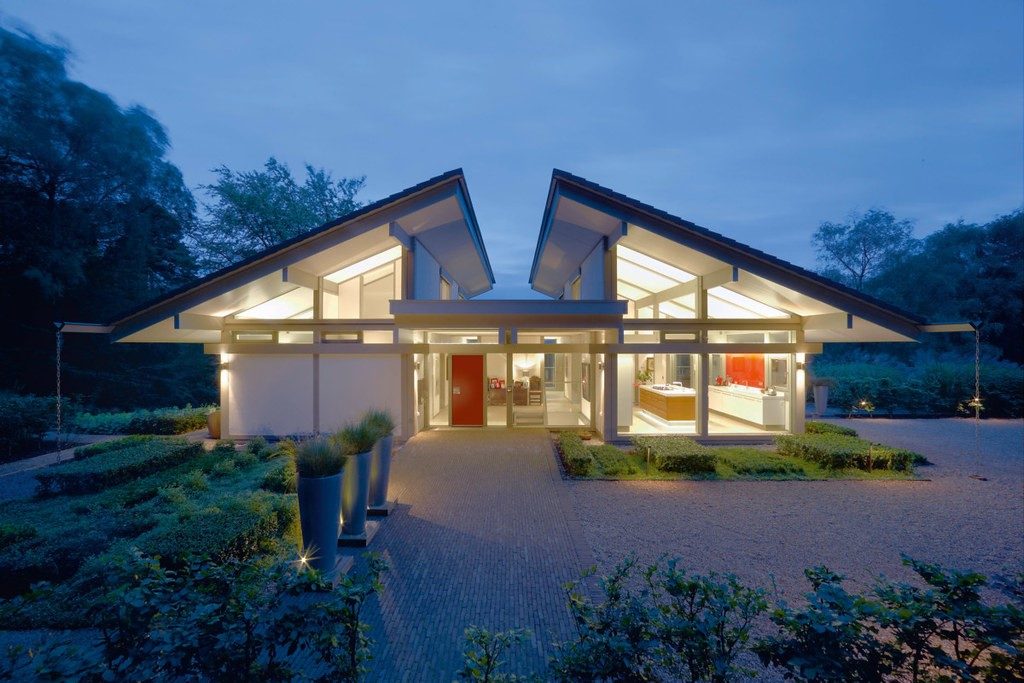
Natural light has a significant impact on circadian rhythms. To promote a healthy sleep-wake schedule, architects strive to direct as much natural light into spaces as possible. When designing a new home, a good architect will site the home with consideration to the sun’s path, and use large windows and/or skylights, so that the spaces of greatest use during waking hours will receive the greatest amount of direct sunlight. However, not every space can be designed with floor-to-ceiling windows and skylights. Budget constraints, privacy considerations, and other factors might make it impossible to direct the desired amount of natural light into a space. In such cases, an effective lighting system designed around natural circadian rhythms helps occupants maintain a normal sleep schedule and feel much happier and healthier.
- Thermal Comfort
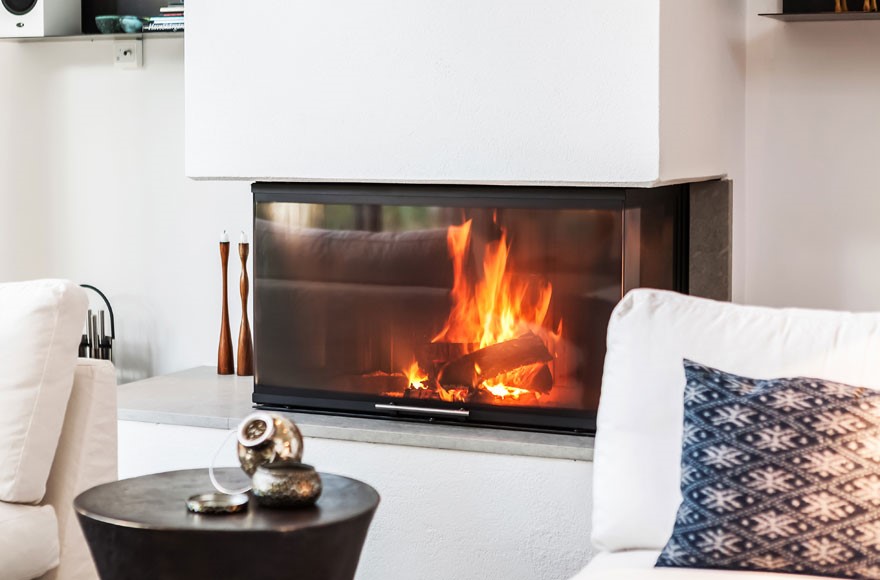
Air movement, temperature, humidity, and human behavior all play roles in our thermal comfort. The thermal performance of a building is affected by its orientation to the sun as well. Simply by its placement and thoughtful use of windows, window treatments, overhangs, and landscaping, the building’s performance can be significantly improved. Human behavior is, of course, an important factor as well. When it comes to thermal comfort, people are happiest when they perceive a sense of control. Think about flexible solutions that can be individually manipulated and provide options to people based on their individual preferences. And let’s not underestimate the joy sparked by a lovely fireplace. What it lacks in energy efficiency, it makes up for with “thermal delight”.
- Indoor Air Quality
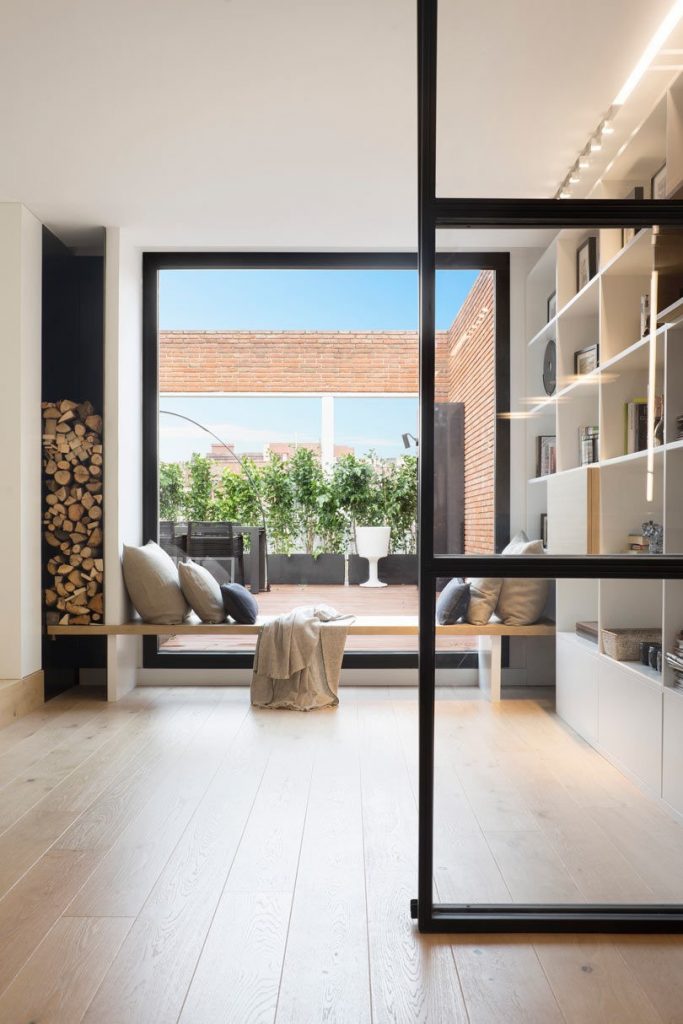
New homes these days are built tighter than they were in the past. A nice tight envelope is great when it comes to energy efficiency and thermal comfort. It is a myth that a house needs to “breathe”. People, on the other hand, do need to breathe. This is why it is important to have a good ventilation system, separate from the primary thermal conditioning system, that can deliver fresh, filtered air into the home year-round. Other factors that contribute to poor indoor air quality include combustion appliances, such as gas ranges and fireplaces, and off-gassing of materials such as certain paints, adhesives, and textiles. There should also be systems in place to evacuate these toxic particles out of the home.
- Biophilia

The term “biophilia” means “love of life or living systems.” Humans possess an innate tendency to seek connections with nature and other forms of life. Incorporating biophilic design into projects has a direct and measurable impact on occupant health and wellbeing. To be successful, biophilic design should create an authentic connection to nature. This is more than just being able to see a sliver of sky and vegetation from your window. Mitigating unpleasant views and background noises are important considerations. Incorporate natural materials, natural light, vegetation, and outdoor views are also key.
- Acoustics
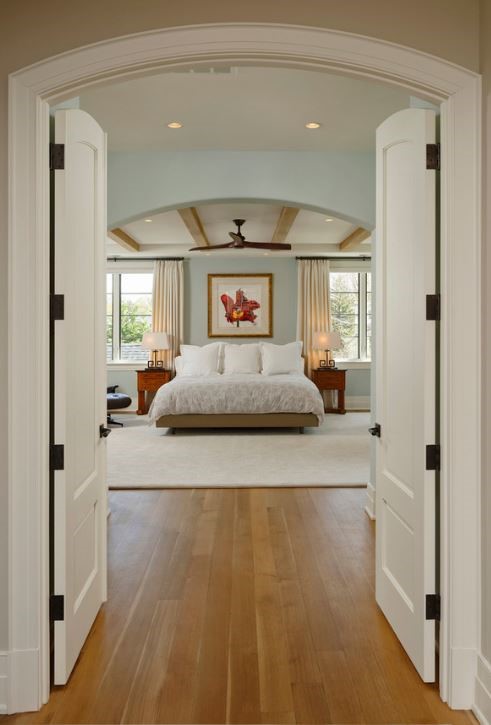
Creating an environment free of nuisances and distractions is critical for concentration, creativity, and relaxation. When designing a new home, thoughtful space planning when it comes to the location of private quiet spaces, such as bedrooms and offices, in relation to common gathering spaces, such as the kitchen and family room, lays the groundwork for acoustical privacy. Placement and type of windows, the use of sound-absorbing finishes, and white-noise providing design features are also great ways to achieve acoustic harmony.
- Promoting Healthy Eating Habits
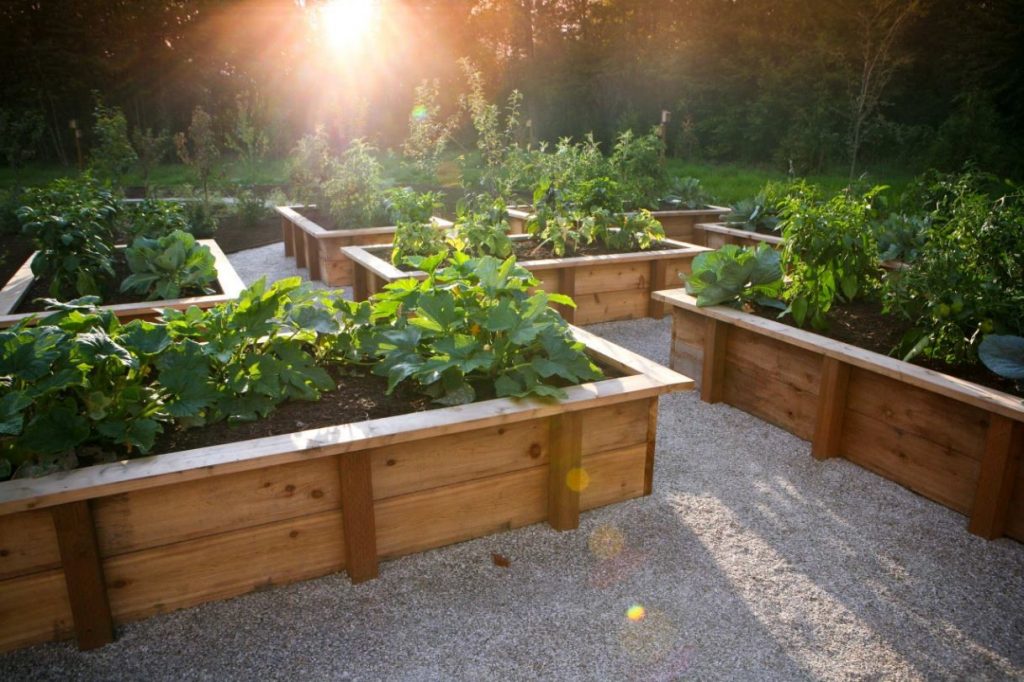
Healthy eating and exercise will always be cornerstones of wellness. Providing nutritious food and opportunities for exercise will promote happiness and wellbeing. Look for opportunities to produce food on-site. This could be with a vegetable or herb garden, fruit trees, chickens, bees, livestock, or wild edibles. Consider appliances that make it easy and delicious to cook healthy meals in your home kitchen, like a steam oven instead of a microwave.
- Encouraging Movement and Self-Care
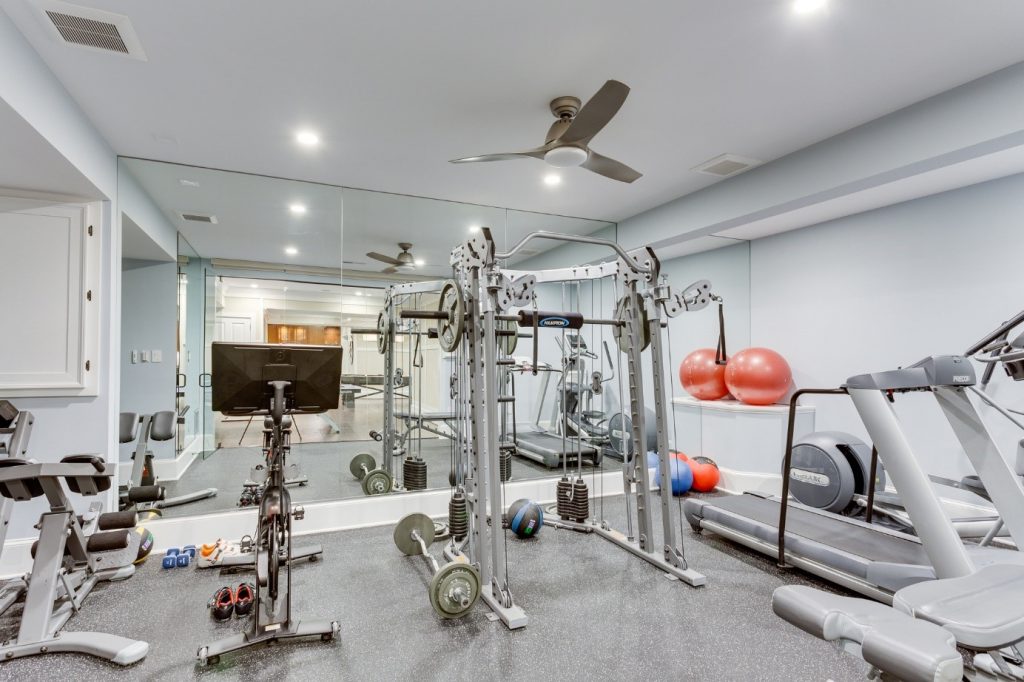
Create spaces that encourage you to move around throughout the day. Provide a variety of options for workstations so you can enjoy a change of scenery or get an adjustable desk that allows you to have the option to sit or stand while you work. Include areas for structured exercise and flexible spaces for group exercise and leverage technology in these spaces to make working out from home fun and easy with virtual classes. Show yourself some love by turning your bathroom into a spa with a steam shower or a tub that gives you a hydrotherapy experience. Instead of viewing these upgrades as unnecessary luxuries, look at them as investments in yourself. When we make it easy to do the things that make us happy, we make it easy to live well.
This is the first in a blog series covering wellness design. In the rest of the series, we will take a deep dive into each one of these seven concepts, and I’ll teach you how to apply them at home. I look forward to exploring this exciting new frontier with you all.
Until then, take care and be well!
Connect with Stephanie on LinkedIn or Houzz.
The use of this content is for the purposes of education consistent with 17 USC §107.
OTHER POSTS

